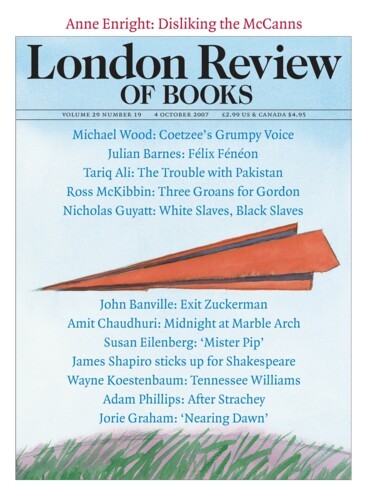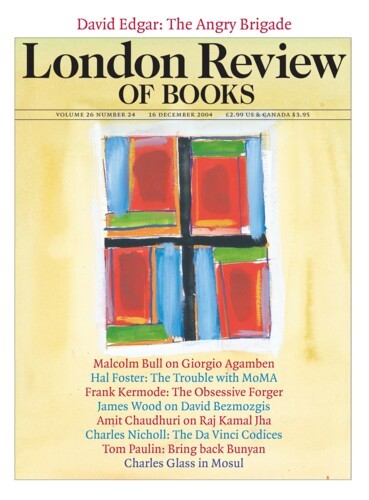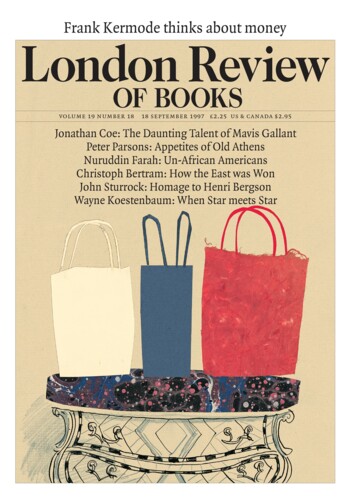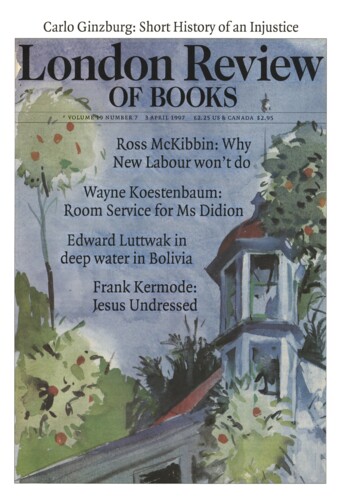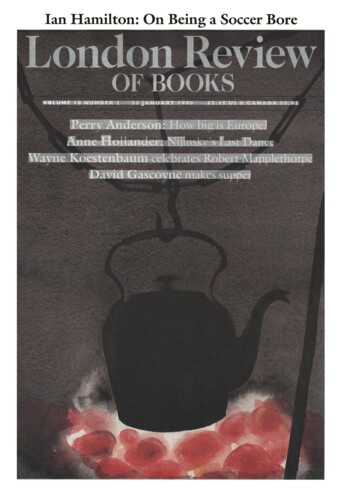Dishevelled: Tennessee Williams
Wayne Koestenbaum, 4 October 2007
One event dominated Tennessee Williams’s life: his sister Rose’s bilateral prefrontal lobotomy, performed on 13 January 1943, two years before The Glass Menagerie, the play he forged from her condition, was first produced. He rarely mentions the lobotomy in his private notebooks, the fragmented daybooks which he kept for much of his life, and which have now been edited, with...
